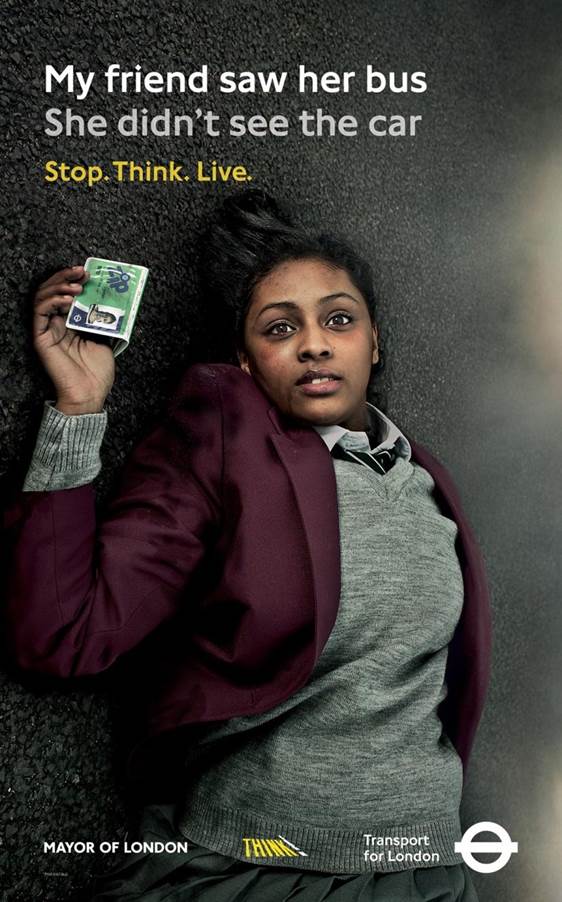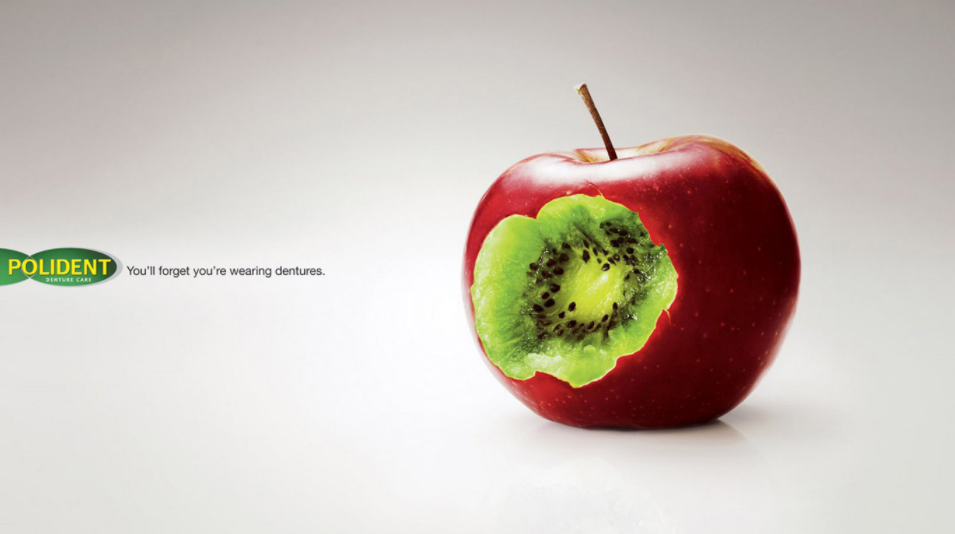1) Who is Audrey Hepburn?
Audrey Hepburn was a huge Hollywood star in the 1950s and 1960s. She was associated with Hollywood glamour and style and was also a fashion icon and model. She died in 1993 at the age of 63.
2) Why did Galaxy select Audrey Hepburn for this advert?
Galaxy selected Audrey Hepburn for this advert to celebrate the year of he hit film - ' Roman Holiday ' . (I think)
3) What are the connotations of Audrey Hepburn and celebrity in this advert?
The connotations of Audrey Hepburn and celebrity is that their chocolate is amazing and delicious because as we can see, Aubrey 's dressed perfectly and is put in loads of makeup to represent how perfect this chocolate is. The use of a celebrity clearly indicates that the producers are trying to say - If you try their product, you're guaranteed to like it because if a celebrity likes it, you definitely will too.
7) Which of Propp's character types are represented in the advert? (Note: you will not find them all).
- Hero
- Helper/sidekick
8) How does the advert's narrative (story) follow Todorov's theory of equilibrium?
The adverts narrative follows Todorov's theory of equilibrium because at the start, there are a bunch of passengers. Audrey Hepburn the comes across a man who she immediately falls in love with. They then drive off and she eats her chocolate.
9) What representations of gender can you find in this advert?
What does this mean and doesn't that mean the same thing as a stereotype? I'm a bit confused...
10) Are stereotypes reinforced or subverted in the Galaxy advert? Give examples.
I can see the stereotype of a lady falling in love with the man (this could link to her red lipstick, as red connotes love). The idea of a man being the saviour is also a subverted stereotype.










